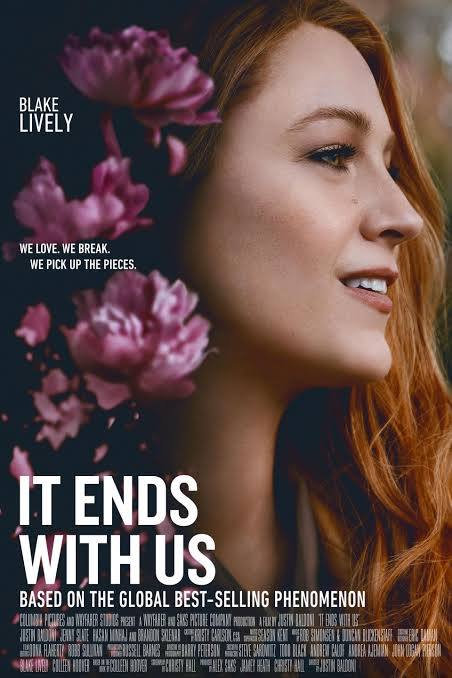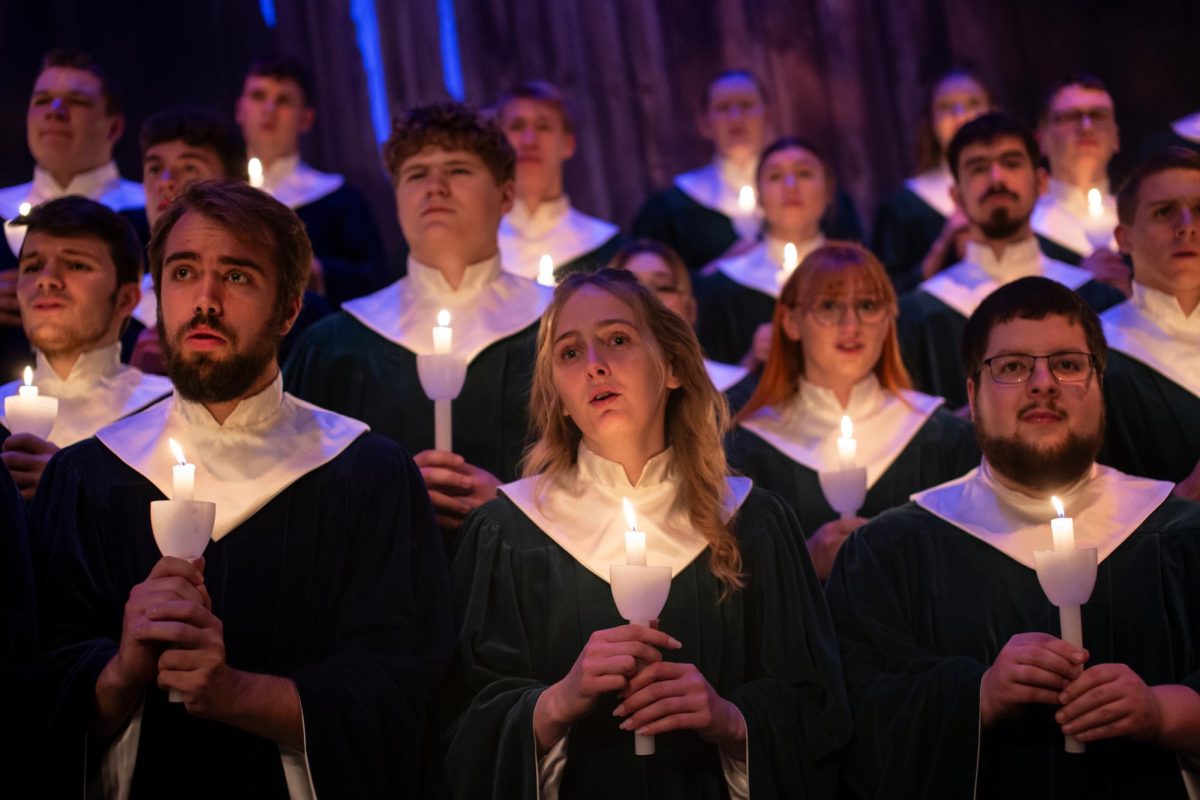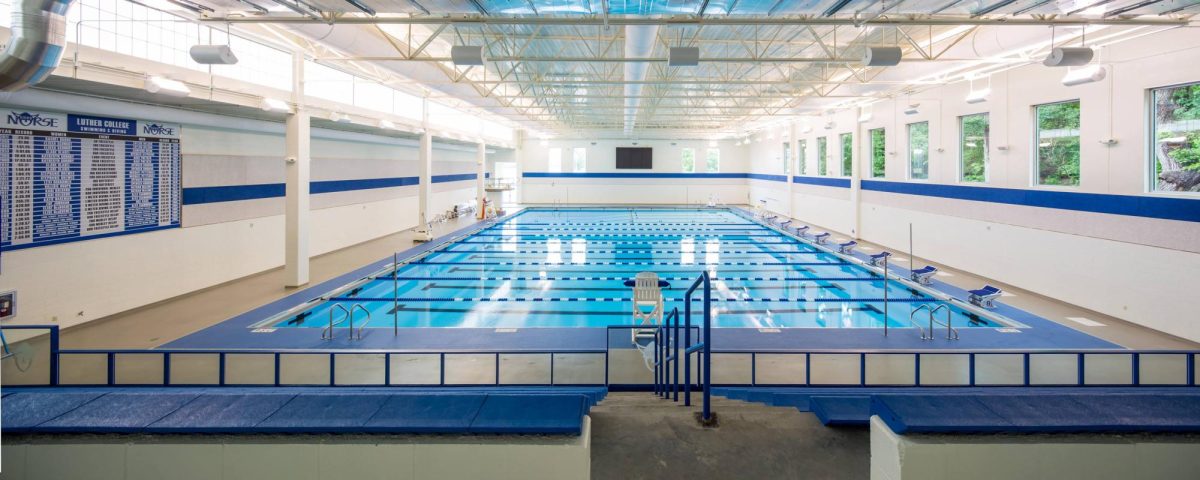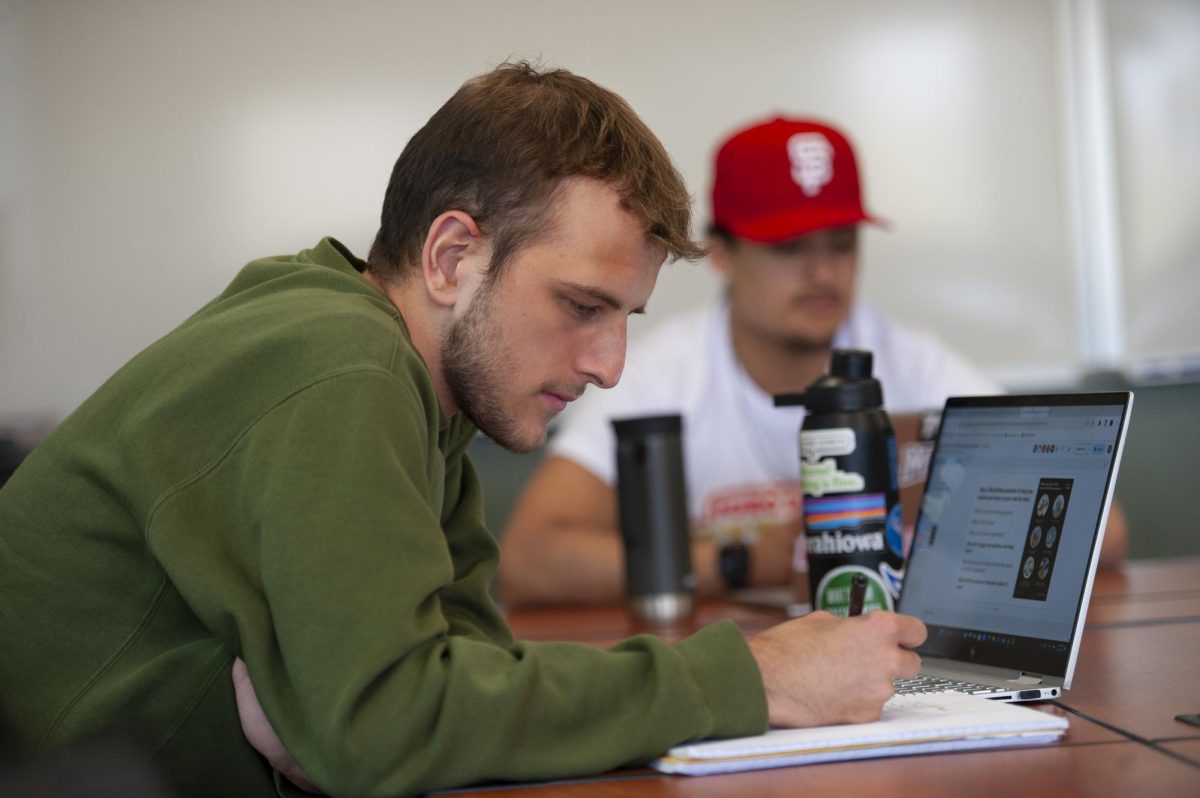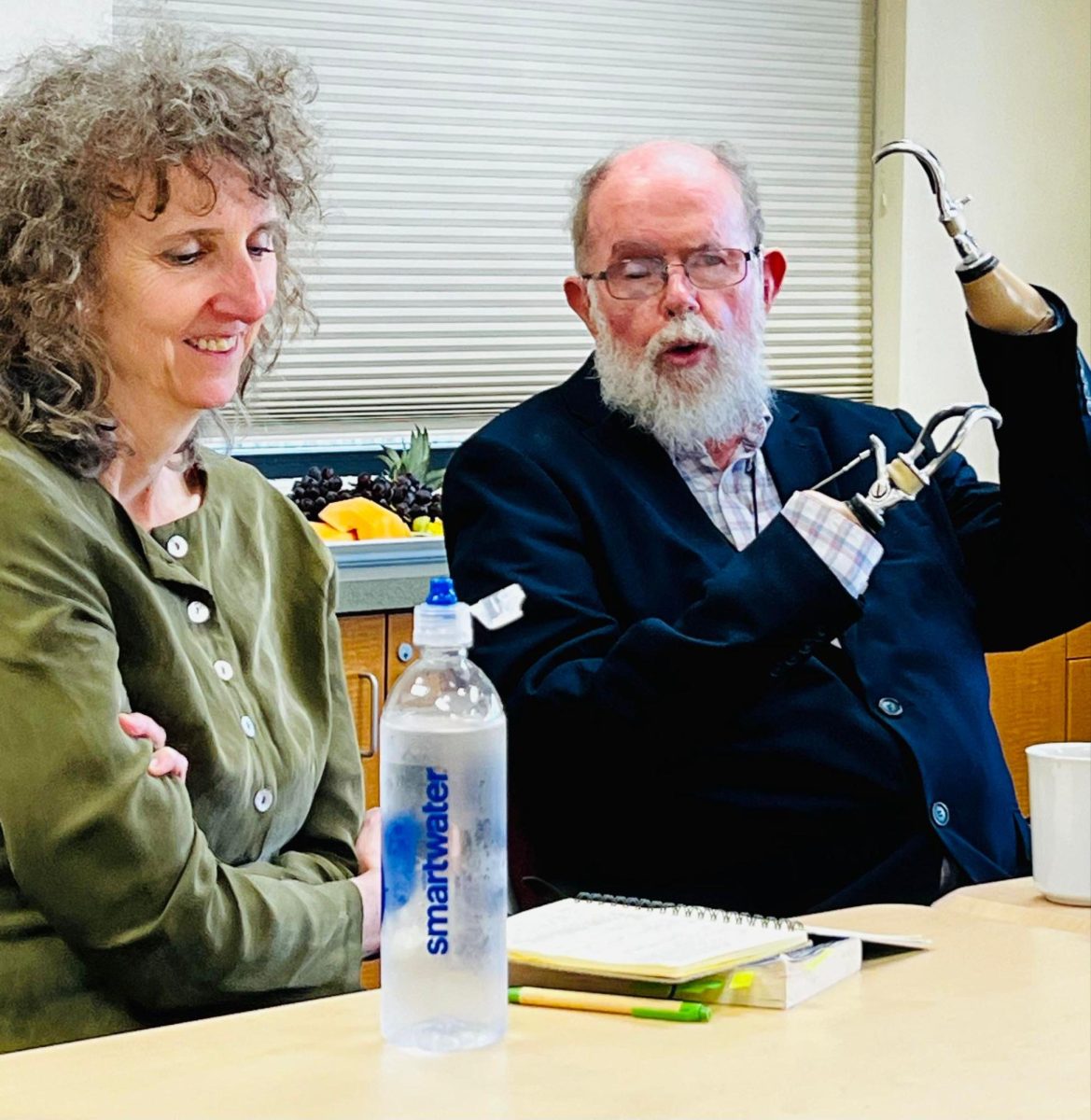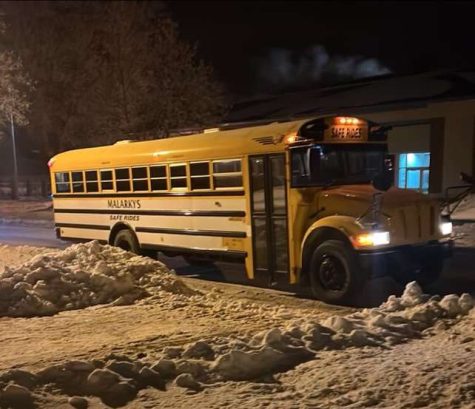
This past Saturday night, clad in a Ted Lasso costume from head to toe, I undertook a task that few would dare to perform. A task so scary, haunting and downright terrifying that it could be documented and shown at Luther’s Halloween Horror Movie Night: I drove people to the bars.
Now, I’m not writing this because I want a medal or I want to brag about being sober on a Saturday night. But, let me explain the two reasons why I did this. One, it was chilly — 32 degrees to be exact. That’s too cold for people who aren’t bringing a jacket to their Saturday night outing. Two, as someone who hates walking, it’s a long haul downtown.
As I was driving down College Drive, I got to thinking: wouldn’t it be awesome if Luther had a “bar bus” of some kind? Well, in the spirit of CHIPS Managing Editor Ethan Kober, I decided to see what’s happening at other colleges. I found that many operate a variety of transportation measures in order to prioritize safe travel for their students late at night or early in the morning.
A great example to start with is the University of Iowa. Iowa has two services I’d like to point out; the first is CAMBUS, the university’s public-transit system that provides free transportation around campus until 1:00 a.m. on weekdays and weekends. The other option I want to highlight is Iowa’s Nite Ride system, which runs from 10:00 p.m. to 5:00 a.m. daily. Nite Ride is driven by full-time security officers or trained part-time student security staff and students are able to request a ride from an online application using their HawkID (which, from what I can tell, is exactly the same as a Norse Key). One thing I like about both of these options is the usage of student workers. CAMBUS drivers make $17.50 an hour — I know Luther students who would kill for that type of work study money.
Elsewhere in Iowa, Drake University operates their own evening Safe Ride bus as a part of their larger Safe Ride Program. Drake’s bus is available all week starting at 8:00 p.m., running until 1:00 a.m. from Sunday through Wednesday and until 2:30 a.m. from Thursday through Saturday. It’s available throughout the fall and spring semesters for free and covers nearly all of Drake’s campus. Drake’s program only appears to consist of one bus instead of multiple vehicles, but the bus covers a ton of ground — every corner in the Safe Ride operating area is a stop for pick-up and drop-off.
There are so many more examples I could’ve included, so for sake of time, here are the highlights. The University of Wisconsin – La Crosse’s Safe Ride program is connected to the U-PASS system, which gives UW-La Crosse students unlimited access to La Crosse’s municipal transit system. The “Gus Bus” at Gustavus Adolphus College offers rides between 9:00 p.m. and 2:00 a.m. around St. Peter, Minnesota, a small town roughly the same size as Decorah. In Ames, Iowa State provided some of the longest hours for rides, making drivers available nearly 12 hours from 6:00 p.m. to 5:30 a.m. In one of the more unique stories, owners of a bar near Buena Vista University in Storm Lake actually purchased a school bus and began using it to get BVU students safely to their bar and back to campus.
I don’t see any reason why Luther wouldn’t be able to create a Safe Ride program. Right now, Luther owns cars, minivans, 12-passenger vans and a bus — you can’t tell me that none of these are available to take students safely around Decorah at night. Do I know how a program like this would be developed? No, and it probably wouldn’t be created by the time I graduate in six months. But, as I learned this past weekend, everyone appreciates any ride they can get to or from a bar. If Luther wanted an easy way to serve its community and perhaps even create a new work study position, a perfect opportunity is there for the taking on Saturday nights.


